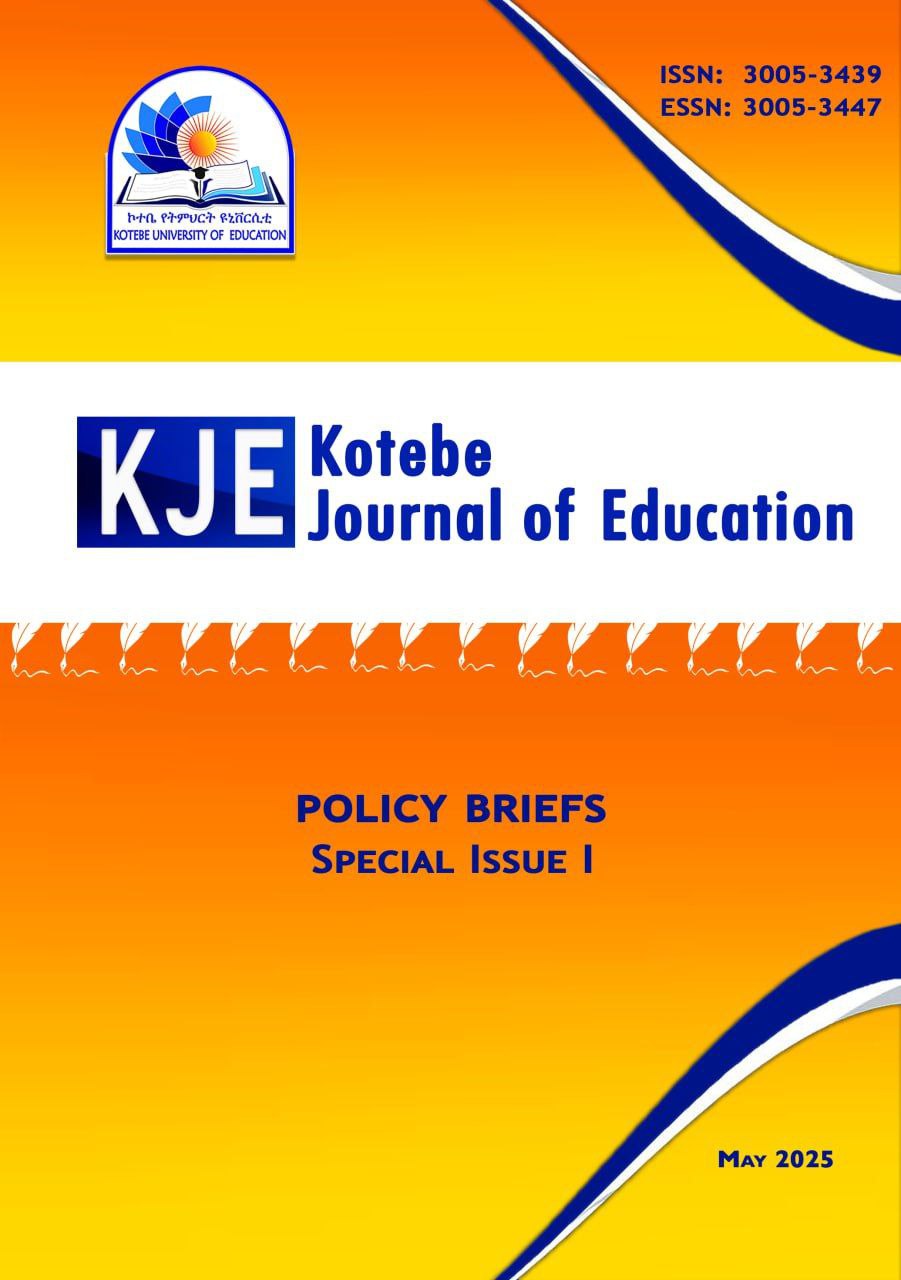Incorporating part-time lecturers from practice in the teaching and learning process and up skilling existing academic staff of Ethiopian Universities of Applied Sciences (UASs)
DOI:
https://doi.org/10.61489/30053447.PB(1).56Abstract
Globally, there is a growing agreement on the need to bridge the gap between higher education and industry demands, especially in universities of applied sciences. Although countries have made progress in fostering university-industry linkages, significant gaps remain ineffectively integrating real-world experience into teaching and learning processes. In Ethiopia, these challenges are exacerbated by limited industry involvement in curriculum design, a shortage of practical skill-building opportunities, and underdeveloped frameworks for leveraging part-time industry experts in academia. As a result, graduates often lack the hands-on experience and market-aligned competencies required for the workforce. This policy brief draws on practical experiences from FAITH two pilot projects at Kotebe University of Education (KUE) and Wolaita Sodo University (WSU), which explored innovative approaches to integrating part-time lecturers from industry and up-skilling academic staff. These pilots revealed both the potential of such collaborations and the systemic challenges faced, such as lack of formal partnerships, logistical barriers, limited pedagogical training for part-time lecturers, and institutional capacity constraints. To address these gaps, this policy brief presents a set of evidence-based policy recommendations aimed at formalizing and scaling the integration of part-time industry professionals and structured upskilling of academic staff in Ethiopian UASs. It advocates for the development of clear institutional frameworks, formal industry-university agreements, pedagogical training for part-time lecturers, and mechanisms for sustainable funding and monitoring. These measures are essential to creating a practice-oriented, responsive, and high-quality education system that aligns with Ethiopia’s industrialization and job creation goals.


